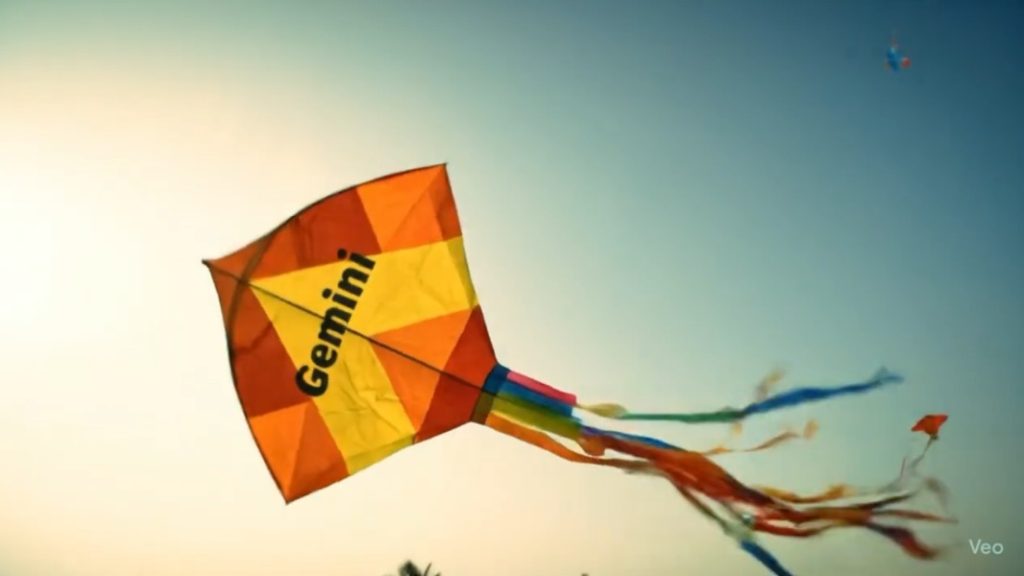
Google’s Veo 3 video generation model is now available globally for all Google AI Pro subscribers. Usage is currently limited to 3 video generations per day, and the new $249.99/month Google AI Ultra plan grants the highest access to the state-of-the-art AI model.
Veo 3 was announced at Google’s I/O 2025 conference alongside a new AI-powered filmmaking tool named Flow. The new model is available to use from this new Google Labs app as well as the Google Gemini app on desktop and mobile.
Windows Intelligence In Your Inbox
Sign up for our new free newsletter to get three time-saving tips each Friday — and get free copies of Paul Thurrott’s Windows 11 and Windows 10 Field Guides (normally $9.99) as a special welcome gift!
“*” indicates required fields
The wait is over. @GeminiApp is now shipping Veo 3 *globally* for all Pro members!
That means India, Indonesia, all of Europe, and more are starting to get access to create videos right now.
As a member, you’ll get 3 video generations per day, and that credit will replenish… pic.twitter.com/uPa0p0KQZu
— Josh Woodward (@joshwoodward) July 3, 2025
Compared to Google’s previous Veo 2 model, Veo 3 supports 4K output and can generate real-world physics with audio, including sound effects and dialogue. However, Google says that audio remains an experimental feature and currently works better with slightly longer transcripts.
If OpenAI’s image generator previously led the Internet to be flooded with Studio Ghibli-style images and “starter pack” figurines, Veo 3 is already a big source of “AI slop,” and not all of it is good. Earlier this week, the non-profit media research center Media Matters pointed out that Google’s latest text-to-video model was being used to create AI-generated racist videos you may see on TikTok and other places like YouTube and Instagram. If all videos created with Veo 3 come with a SynthID watermark, making them relatively easy to identify, it looks like Google needs to quickly implement better safeguards into its AI model.
As for TikTok, the company said in a statement shared with The Verge that it’s actively working to remove these racist videos from its platform, even though many of them can still be found as of this writing.“We proactively enforce robust rules against hateful speech and behavior and have removed the accounts we identified in the report, many of which were already banned prior to the report publishing,” a TikTok spokesperson said.

